Open Access Government produces compelling and informative news, publications, eBooks, and academic research articles for the public and private sector looking at health, diseases & conditions, workplace, research & innovation, digital transformation, government policy, environment, agriculture, energy, transport and more.
Home 2024
Archives
Impact of colonialism: Where are our stories?
Geraldine Balzer from the University of Saskatchewan asserts that our stories are found when the Empire comes home; in this impact of colonialism focus.
Impact of student funds and fellowships on climate change research and human well-being
Sophie Farmani, Assistant Professor, Arts, Communications and Social Sciences Department, at the University Canada West, charts the positive impact of student funds and fellowships on climate change research and human well-being in the Canadian context.
The hidden climate cost: Food loss, waste, and greenhouse gas emissions
Professor Gordon Price from Dalhousie University and Professor Grant Clark from McGill University study the hidden climate change costs of food loss and waste in Canada. Here, they highlight the need for greater cooperation and data sharing.
A century of NAD+ insights drives aging science and solutions innovations
Dr. Rebecca Crews from Renue By Science, LLC, outlines a century of NAD+ insights driving aging science and, innovative solutions and much more.
Why accurate info matters in agri-food and climate change
Dr Ataharul Chowdhury from the School of Environmental Design & Rural Development explores the importance of an agri-food, climate change, and rural misinformation research...
Asbestos disease pathogenesis: The long and short of it
Jean Pfau and Kinta Serve explore a critical and novel hypothesis concerning the size of fibers in asbestos disease pathogenesis.
Every country needs a national STEM teacher corps
The US National Science Foundation has initiated the National STEM Teacher Corps program to support STEM teachers. Nancy Butler Songer, Associate Provost of STEM Education, discusses her efforts to assist primary school teachers in guiding young children to create solutions for local environmental issues.
A novel avenue to explore in the treatment of dementia
A collaborative project between the University of South Florida and The Healthy Aging Company is exploring how a new biological entity called ALF5755 could be a candidate drug for the treatment of dementia and Alzheimer’s disease.
Cognitive function and electrode mapping’s role in cochlear implant performance
Amit Walia, Matthew Shew and Craig A. Buchman from Washington University School of Medicine, detail the role of cognitive function and electrode mapping in cochlear implant performance.
Personalized medicine beyond cancer: Impact on other diseases
With a focus on type 2 diabetes and Parkinson’s disease, Dr Priya Hays explores how personalized medicine approaches are impacting the development of therapies for other chronic conditions beyond cancer.
Identifying potential exercise mimetics that deliver the benefits of exercise
Robert Wessells, Associate Professor at Wayne State University, discusses his research on identifying potential exercise mediators or mimetics to deliver the benefits of exercise to less mobile individuals and help reduce the global disease burden.
Tuning into musicians’ wellbeing: Research on music performance anxiety (MPA)
The Music and Mental Health Research Clinic (MMHRC) at the University of Ottawa’s Institute of Mental Health Research (IMHR) at The Royal is investigating how to reduce music performance anxiety (MPA) and the benefits of specific coping strategies for musicians.
Welfare of pet primates for sale in the United States
Dr. Melissa Seaboch, Professor and Department Chair at Salt Lake Community College, charts the welfare of pet primates for sale in the United States.
A game that poses a challenge to artificial intelligence
Steven J. Brams, hailing from New York University, unveils a game that poses a challenge to artificial intelligence.
Environmental weathering transforms plastic pollution
The prevalence of plastics in our daily lives is reflected by their ubiquity in nature. Jeffrey M. Farner from the FAMU-FSU College of Engineering, details how environmental weathering transforms plastic pollution.
A promising approach to preventing developmental dyslexia
David Mather, an Independent Researcher at the University of Victoria, has a promising approach to preventing developmental dyslexia. Discover more here.
©Trans-faire: A training protocol for strengthening unions and others’ care of workplace mental health...
Mélanie Dufour-Poirier, Ph. D., CRIA, Associate Professor, School of Industrial Relations, Université de Montréal, walks us through ©Trans-faire, a training protocol for strengthening unions and others’ care of workplace mental health injuries.
Healthy aging: A novel therapy to reverse age-related damage
What if we could turn back the clock on age-associated dysfunctions by using a therapy that not only treats symptoms but acts to correct the underlying pathology and restores cells to normal function? Lori A. Birder and Edwin K. Jackson from the University of Pittsburgh School of Medicine, explain how this could be a possibility.
Flipons: The discovery of Z-DNA and soft-wired genomes
Alan Herbert, Founder and President of InsideOutBio, discusses alternative DNA conformations and understanding of their biological functions.
Opinion: What are the barriers to innovation in medicine?
Thomas J. Webster, PhD provides a firsthand account of the obstacles hindering innovation in medicine, covering publishing, conferences, politics, funding, universities, and industry.



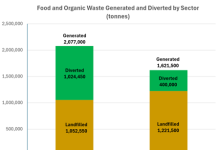
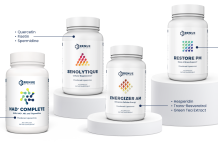
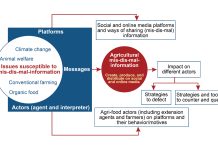
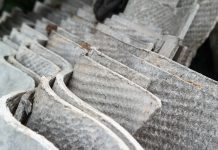

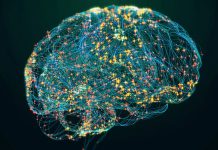
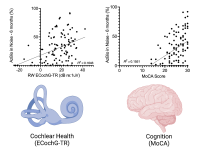



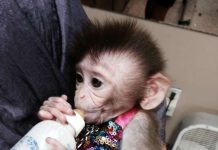

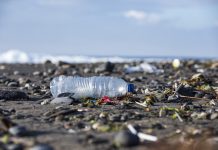


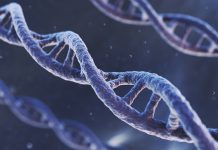
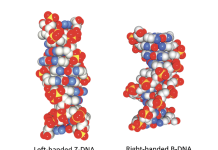
![Opinion: What are the barriers to innovation in medicine? Figure 1: a) Nanotextured spinal implants now in over 30,000 humans with no cases of failure [2]. Such implants are being commercialized by Nanovis. b) Nanosensors now being used to detect the presence of bacteria, inflammatory cells, or bone-forming cells on implants. Such nanosensors can communicate to handheld devices and can respond in real-time to reverse adverse events. Such sensors have been implanted in sheep for up to 12 weeks showing the ability to promote bone growth.](https://www.openaccessgovernment.org/wp-content/uploads/2024/07/Screenshot-2024-07-04-at-09.19.27-218x150.png)
